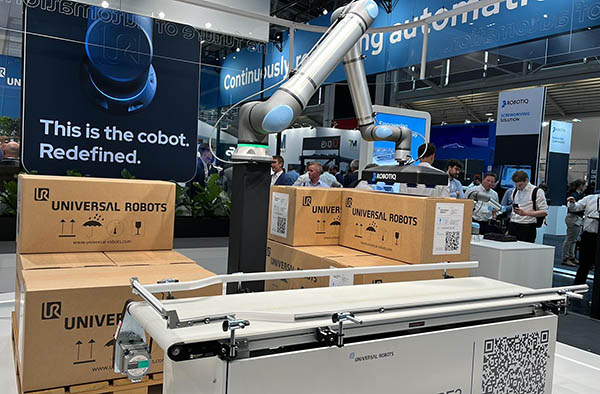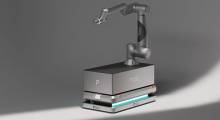The collaborative robot, or cobot, market has exploded in the past decade, as more manufacturers and customers alike realize the benefits of the robot type.
Designed with safety and human collaboration in mind, cobots don't need to be caged in their own work cell. Cobot applications are vast, ranging from materials handling, quality inspection, welding, and even food preparation and serving.
In 2020, the global collaborative robot market was sized at $668 million, according to Mordor Intelligence. It is expected to reach $1.8 billion by 2026, according to the research firm.
Future Market Insights estimated that the market will reach about $1.7 billion by the end of 2022. And by 2029, it will have a valuation of $8.6 billion.
There are still limitations on what cobots can do in terms of payload weight, speed, and range. But cobot manufacturers are continuing to release cobots aimed to address those concerns. Just this week, Universal Robots unveiled the UR20, a cobot that carry payloads of up to 20 kg (44 lb.)
In the past decade, several companies have popped up solely focused on making cobots. But legacy players, such as ABB, FANUC, KUKA, and Mitsubishi have also released their own cobots.
Innovation in the space will likely continue as warehouse and manufacturing facilities continue to turn to automation considering labor shortages and e-commerce demands.
Check out the slideshow on the right (bottom on mobile) of some of the top cobot providers in alphabetical order.
About the Author
Follow Robotics 24/7 on Linkedin
Article topics
Email Sign Up






























